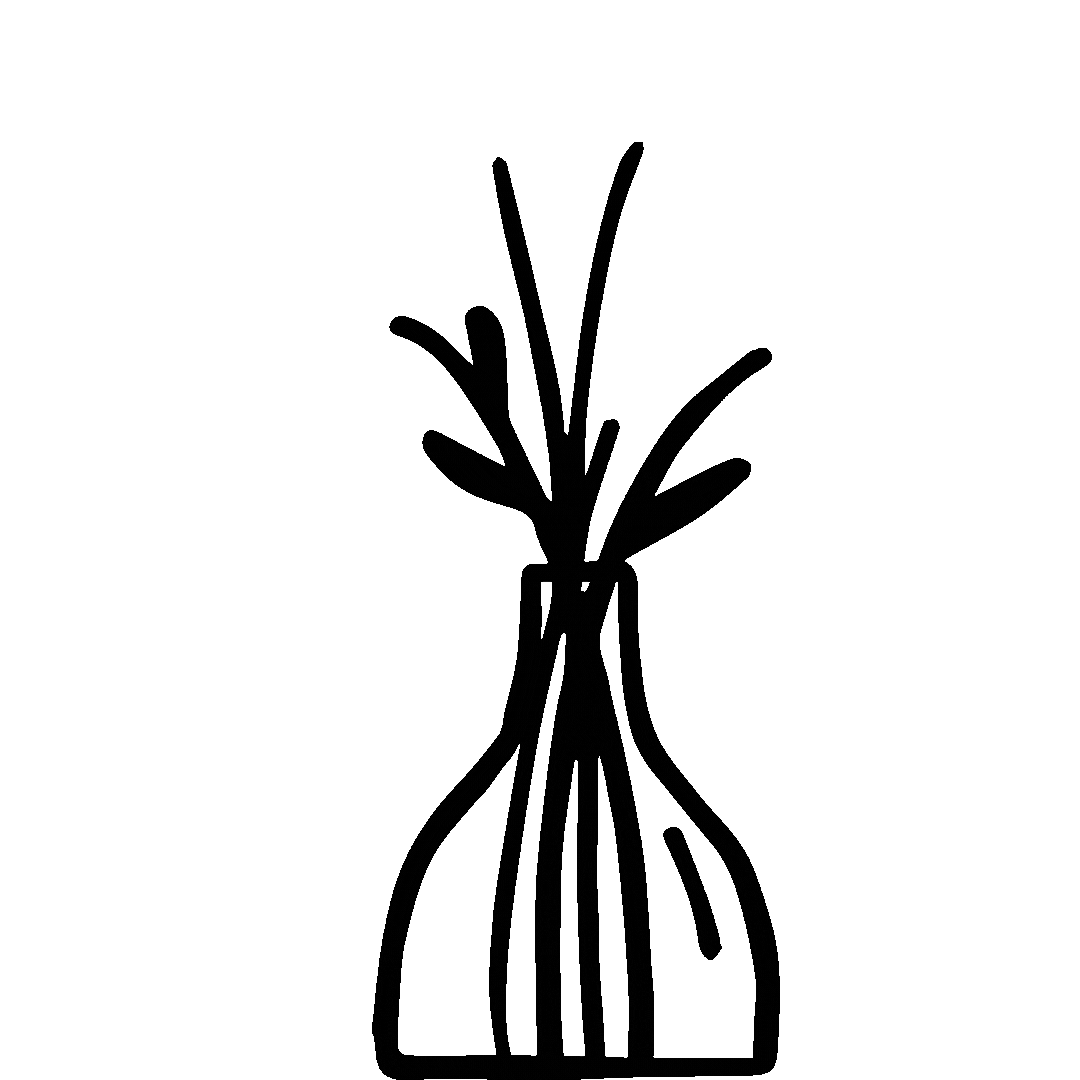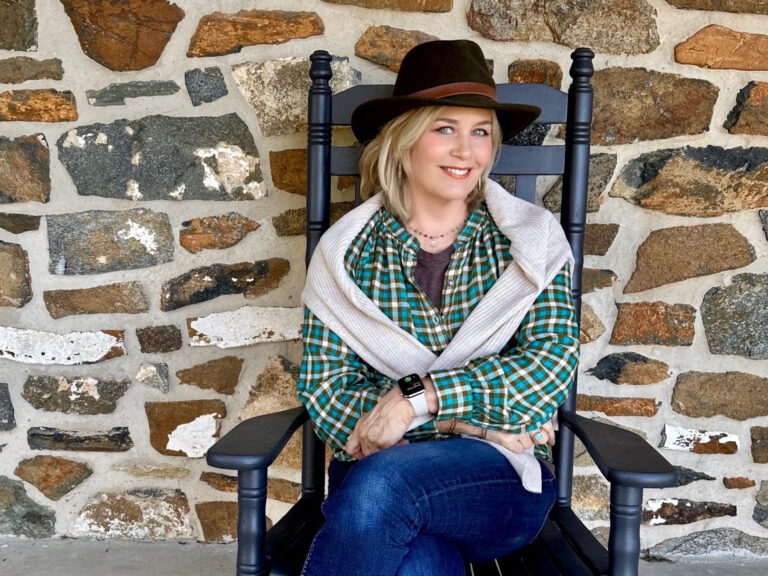Breadboard Ends: Understanding the Pros and Cons for Your Custom Table
There are pros and cons to breadboard ends, and understanding them will help you make the best choice for your custom table.
What Are Breadboard Ends?
Breadboard ends are 2 to 3-inch strips of wood attached to the ends of the table. The grain runs perpendicular to the grain of the table. Breadboard ends can help stabilize the tabletop and keep it from bowing, which rarely occurs. Due to color variations characteristic of reclaimed wood, as well as the grain going the other way, the color of the breadboard ends may not be an exact match to the rest of the table. However, our shop artisans are quite skillful in getting everything to closely match.
Understanding Wood Movement
Wood is a fibrous material and naturally expands and contracts with temperature and humidity changes. We see this expansion and contraction the most during the first year as the table acclimates to your home environment. Since expansion and contraction of the wood on a table is most noticeable at the breadboard ends, tables often have a V-groove routed where the breadboard end meets the table. This helps minimize the appearance of the wood 'movement' at the breadboard ends.
Note: New wood tables come with or without breadboard ends and tend to expand and contract less than reclaimed wood tables.
Style Considerations
Breadboard ends give our reclaimed wood tables a 'country' farmhouse look, while tables without breadboard ends have a more 'modern' farmhouse look to them.
Tables Without Breadboard Ends


V-Groove Details at Breadboard Ends


Tables With Breadboard Ends


Breadboard End Extension Options


Company Boards: Expandable Seating Options


Making Your Decision
The choice between breadboard ends or not comes down to your style preference and functional needs:
- Choose breadboard ends if: You prefer a traditional country farmhouse look and want maximum table stability
- Skip breadboard ends if: You prefer a cleaner, more modern farmhouse aesthetic
Either way, our craftsmen will ensure your custom table is built to last for generations. Contact us to discuss which option is best for your home and style preferences.




